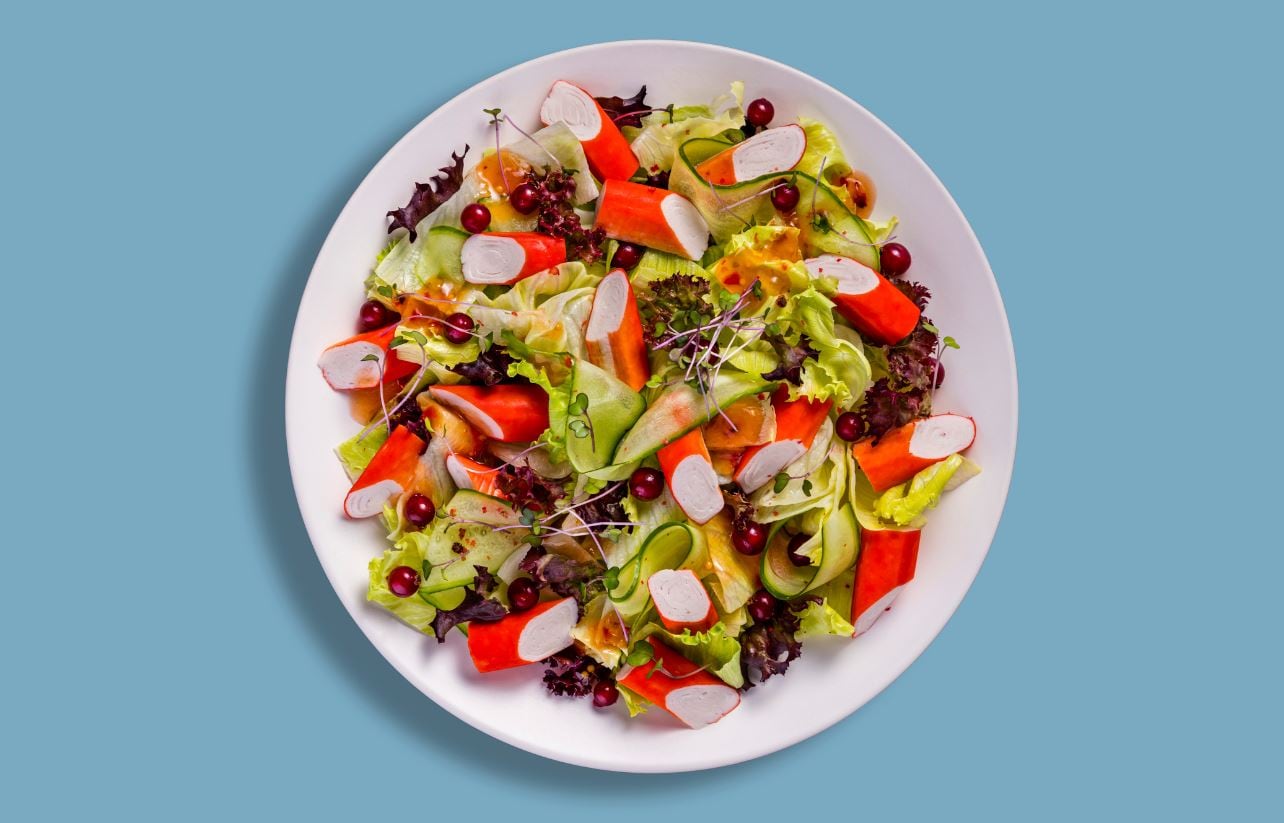An omnivore is someone who eats both plant and animal-based foods, a dietary characteristic of many civilisations worldwide. Biologically, humans, along with many other animal species, are omnivores.
In recent years, descriptors for dietary preferences have increased or grown in followers.
What type of diets are there?
- Omnivore – someone who eats a diet made from a variety of meats, fish, plants and dairy among other items
- Vegetarian – those who don’t eat animal-derived meat proteins
- Vegan – The Vegan Society's definition is: "Veganism is a philosophy and way of living which seeks to exclude – as far as is possible and practicable – all forms of exploitation of, and cruelty to, animals for food, clothing or any other purpose; and by extension, promotes the development and use of animal-free alternatives for the benefit of animals, humans and the environment. In dietary terms it denotes the practice of dispensing with all products derived wholly or partly from animals
- Pescatarian – those who don’t eat animal flesh but do eat seafood
- Flexitarian – a term that grew in popularity from around 2010 to describe people who consume a mostly vegetarian diet but will occasionally eat meat or fish
- Lacto-ovo vegetarian – technically a vegetarian, but a term used to describe someone who doesn’t eat meat or fish but would consume eggs and dairy
- Lacto-vegetarian – someone who eats plant-based foods that includes dairy but excludes eggs
- Ovo-vegetarian – someone who does not eat meat or dairy but does consume eggs
And now a new name is emerging from the plant-based food sector that sits somewhere between an omnivore and flexitarian.
According to Plantfutures founder Indy Kaur, Omnivores make up 36% of the UK population, followed by 34% of flexitarians and 30% open-omnivores.
What is an open-omnivore?
The open-omnivore will be like a flexitarian in the future, but rather than eating a diet consisting of mostly plant-based, they will consume from a diverse range of segments – including meat – but will be willing to lean into plant-based products to reduce their meat consumption.
“We analysed data from the EU Smart Protein Project, which is part of the Horizon 2020 Initiative that has EU investment," she explained.
"We took that data and could see omnivores could be split into two groups – omnivore and open-omnivore. We've defined open-omnivores as consumers open to eating plant-based meats but haven't done it yet – they're future flexitarians and it's a sizeable group of around 30% of the UK population."
In fact, the open-omnivore isn’t just a new food industry term, but Kaur and her peers believe this type of consumer is key to growing plant-based food sales.
Whereas the only way to increase plant-based category sales with flexitarians is through higher penetration, open-omnivores currently don't spend in the category and are therefore a new and untapped opportunity, says Kaur.


